There's an old saying about taking to water like a duck. Buffleheads take that saying to the limit with rapid flight and stealthy dives. If you take yourself near open waters this time of year, you may be able to see the show. Some were recently seen at Founain Grove and Riverlands. These diving ducks have been around for eons and have classic black and white features. Both males and females have large heads that stick out with a white patch. Males sport metallic greens and purples around their head. This iridescence is easier to see outside of the high contrast sunshine in the middle of the day.
How can you not "feel good" watching Buffleheads
Flying and Diving
Unlike other diving ducks that run across the water to take flight, buffleheads can become airborne with just a few moves. They will fly lower over water and higher over land.
Buffleheads feed while diving in open shallow waters with submerged vegetation. Aquatic invertebrates, snails, small fish and seeds are on the forage menu, often swallowed while underwater.
To dive, buffleheads compress their feathers to squeeze out air, then plunge slightly forward and deeply under. With wings tight against their bodies, they propel forward with their feet. Dives last from 12 to 25 seconds before bobbing back to surface. Most of their days are spent diving, swimming, preening, and resting.
Deeper Dive
Buffleheads are awkward on land and in their nesting territories, often use cavities of flickers or pileated woodpeckers.
Discover more about buffleheads in our Field Guide.
Discover tips for viewing and photographing Buffleheads
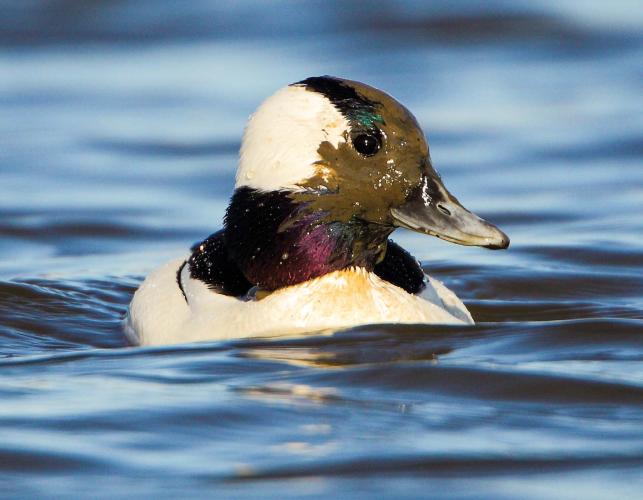
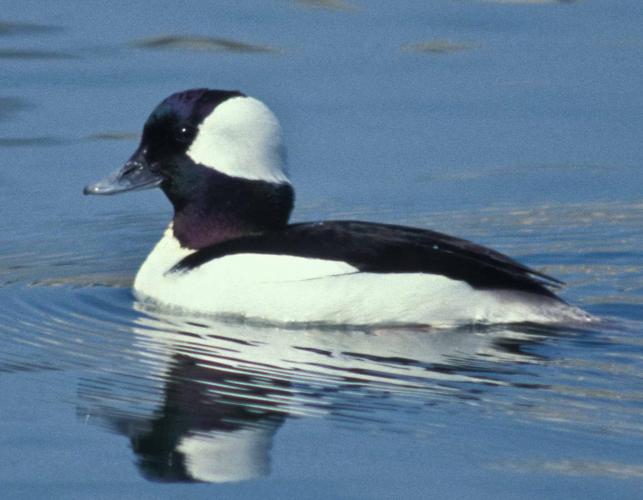
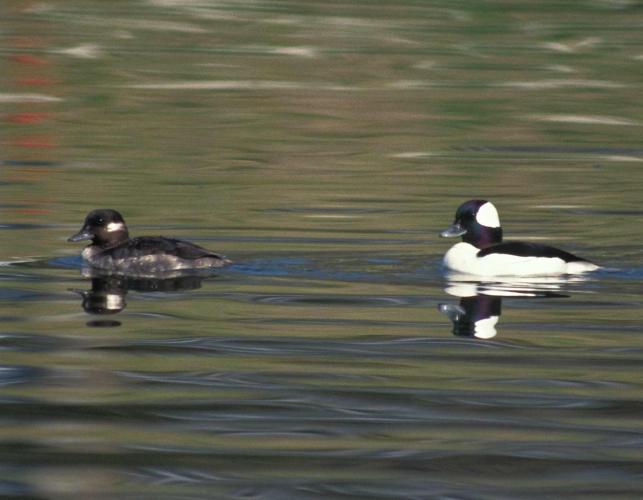
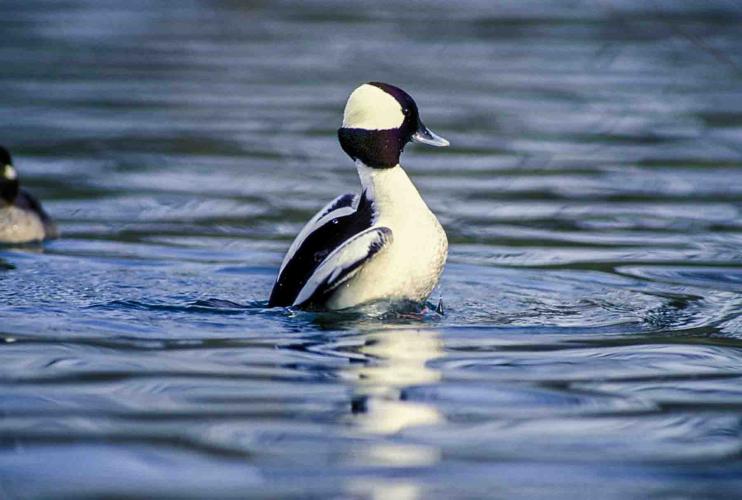
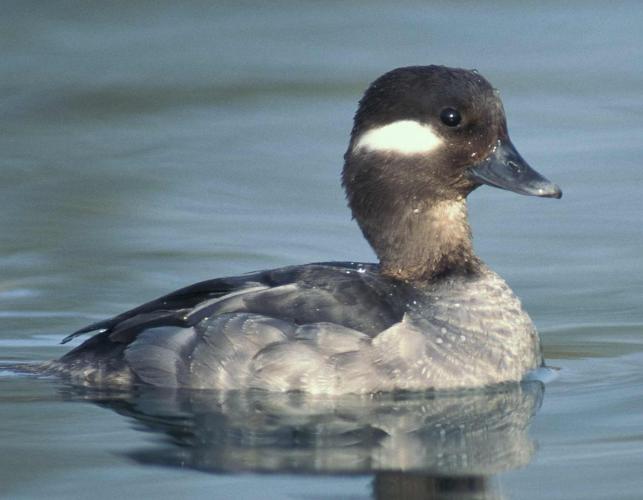
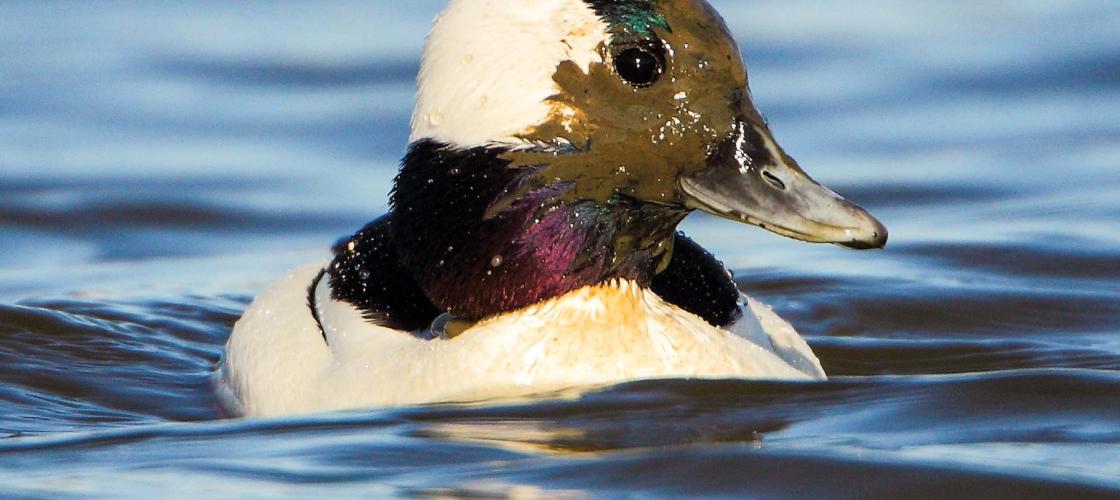
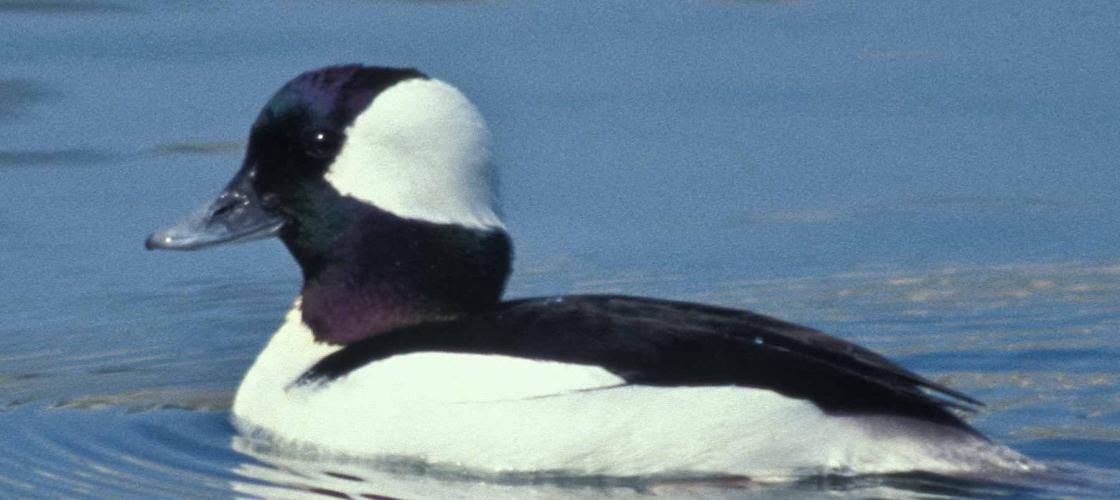
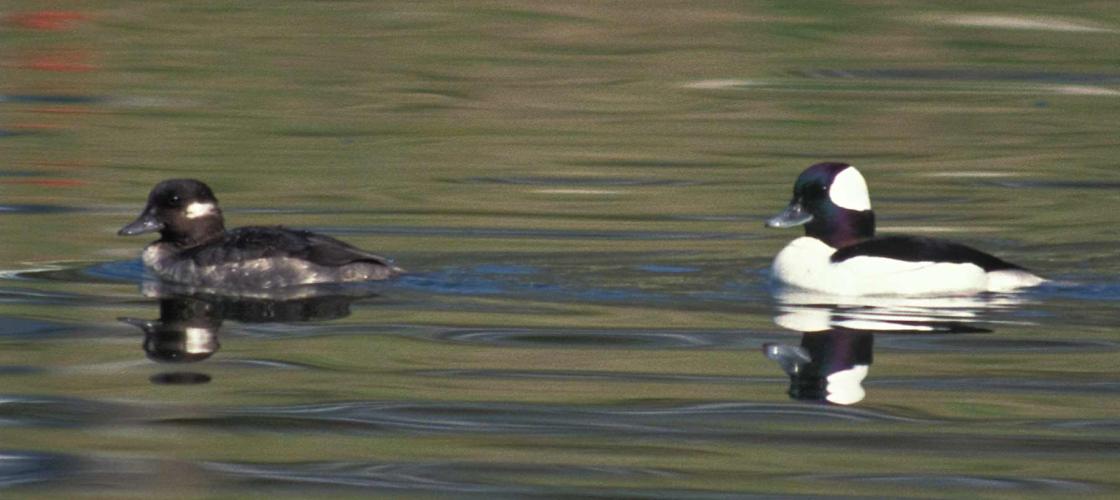
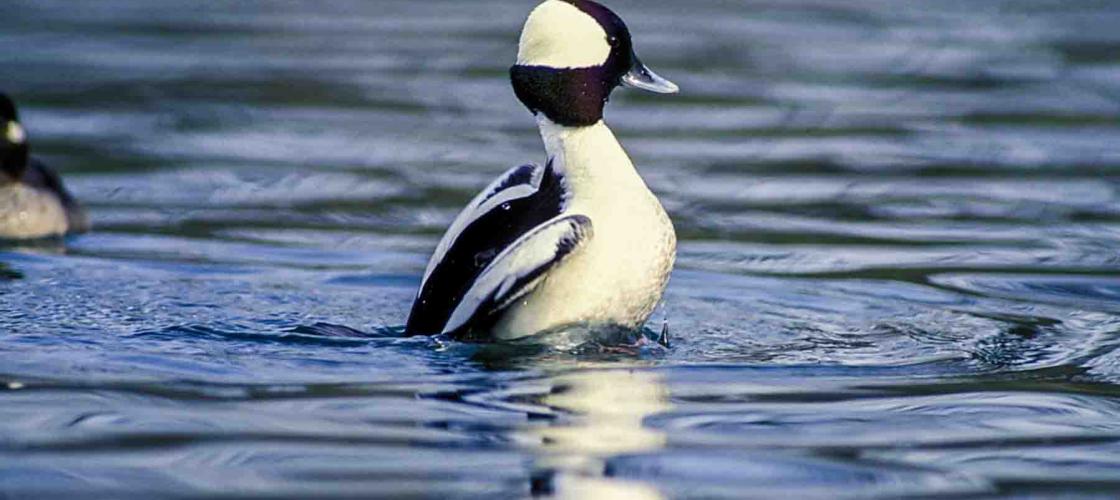
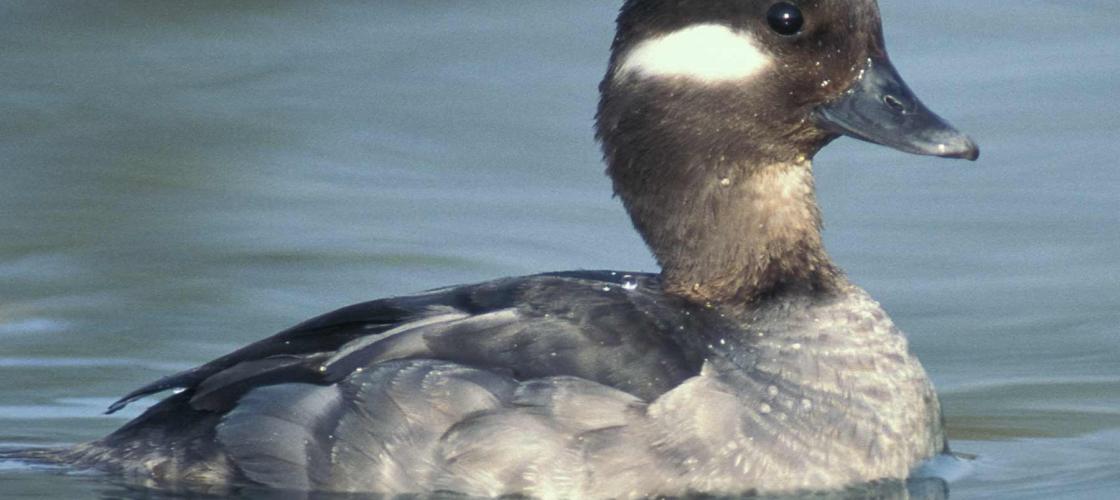
Recent Posts
























